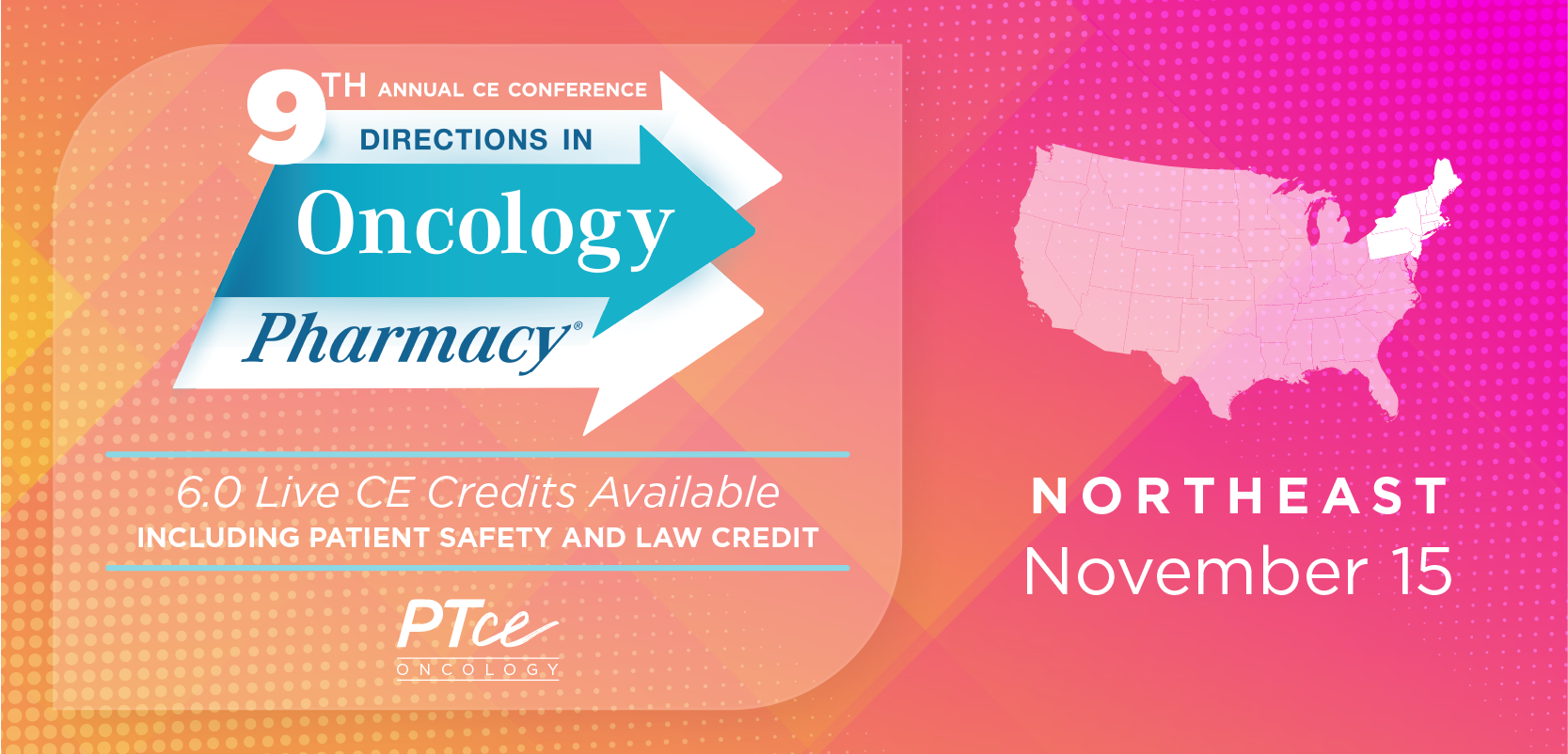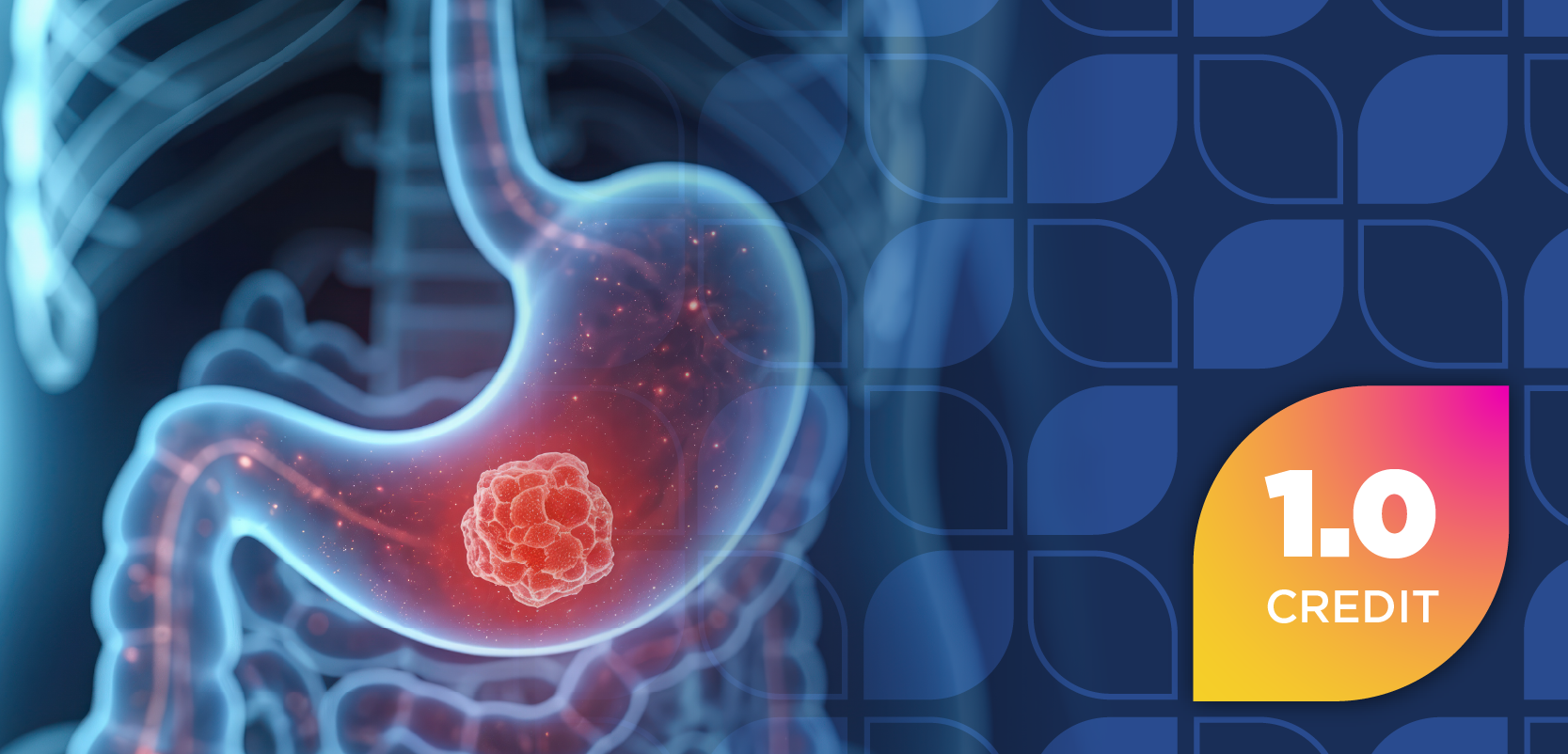
Omalizumab: An All-in-One Allergy Wonder Drug?
Omalizumab expands its role in allergy management, now FDA-approved for food allergies, showcasing potential for broader applications in allergic rhinitis.
Since its initial FDA approval over 2 decades ago for moderate-to-severe asthma, omalizumab (Xolair; Genentech, Novartis), a recombinant humanized monoclonal anti-immunoglobulin E (IgE) antibody, has continued to demonstrate efficacy across a growing spectrum of IgE–mediated disease. Beyond asthma, omalizumab is FDA approved for treatment of chronic rhinosinusitis with nasal polyps (CRSwNP) and chronic spontaneous urticaria (CSU). Most recently, its clinical utility has expanded into food allergies as the first and only therapy approved to manage a condition that historically has had limited pharmacological options.1
Although omalizumab is not currently FDA-approved for allergic rhinitis (AR), emerging data support omalizumab’s potential to address both seasonal and perennial forms of the disease. The growing use of omalizumab in allergic disorders has led to interest in omalizumab as a possible “all-in-one” allergy relief solution.
Clinical Considerations
Omalizumab is a recombinant monoclonal antibody that selectively binds to circulating IgE and reduces free IgE levels, which in turn downregulates high-affinity IgE receptors, limits mast cell degranulation, and minimizes the release of mediators throughout the allergic inflammatory cascade. It is administered as a subcutaneous injection every 2 to 4 weeks based on IgE level, patient weight, and indication. It is typically administered by a health care provider in a clinic or at home but can also be self-administered by patients and their caregivers if deemed appropriate by the care team.
Although omalizumab is generally well-tolerated, clinicians should counsel patients regarding the risk of injection site reactions, arthralgia, headache, and rare but serious hypersensitivity events, including anaphylaxis. Postmarketing surveillance supports a favorable safety profile, though precautions remain essential, particularly during initial doses.1
FDA Approval for Food Allergy
Food allergy poses a significant global health burden, affecting approximately 3.4 million children and 13.6 million adults in the US alone. Reactions range from hives and swelling to life-threatening anaphylaxis. An estimated 30,000 food-related anaphylaxis events lead to emergency room visits in the US each year. Dietary avoidance and oral immunotherapy (OIT) have been the primary means of management, but come with significant social, nutritional, and financial burdens.2-4
In February 2024, the FDA approved Xolair for the reduction of allergic reactions, including anaphylaxis, following accidental exposure to food allergens in individuals aged 1 year or older with a confirmed IgE-mediated food allergy. This approval was supported by results from Stage 1 of the National Institutes of Health–sponsored OUtMATCH phase 3 trial. In this randomized, placebo-controlled trial, participants with documented peanut allergy and at least 2 additional food allergies achieved statistically significant increases in tolerated food allergen doses after omalizumab treatment.5-7
Stage 2 of the OUtMATCH study showed Xolair was more effective with fewer adverse effects than multi-allergen OIT in the first-ever head-to-head trial comparing the 2 treatment approaches. These data offer compelling evidence for omalizumab as a monotherapeutic alternative to OIT, which has been limited by poor tolerability and adherence. Stage 3 of this study examining introduction of allergenic foods into a patient’s diet after stopping omalizumab is ongoing.5-7
Beyond omalizumab, several other biologic therapies for food allergy are under active investigation. One promising agent is dupilumab (Dupixent; Sanofi, Regeneron), an IL-4 and IL-13 inhibitor currently approved for asthma, atopic dermatitis, and eosinophilic esophagitis. Regeneron and Sanofi have initiated a phase 1 trial evaluating dupilumab in combination with linvoseltamab, a bispecific antibody, for severe food allergy.8
Emerging Evidence in Allergic Rhinitis
Although omalizumab is not currently approved by the FDA for the treatment of AR, a growing body of literature suggests potential clinical benefit, particularly in patients with moderate-to-severe or treatment-refractory disease. Globally, AR affects an estimated 10% to 30% of the population, and its prevalence continues to rise in industrialized nations. The American Academy of Allergy, Asthma, and Immunology attributes this trend to increased urbanization, environmental exposures, and heightened allergen sensitivity. In the United States alone, the economic burden of allergic rhinitis has been estimated to exceed $4.6 billion annually in direct treatment costs.9,10
By targeting IgE, omalizumab can prevent the allergic response at its source, offering relief with just 1 injection before allergy season. Unlike traditional antihistamines or intranasal corticosteroids that treat downstream symptoms, omalizumab addresses the immunologic trigger of allergic inflammation. Several studies have demonstrated efficacy of omalizumab in reducing allergic rhinitis symptoms.11
A 2022 randomized, double-blind, placebo-controlled trial demonstrated that a single 300 mg dose of omalizumab administered prior to pollen season significantly improved symptom severity scores and reduced antihistamine use in patients with seasonal AR sensitized to spring allergens.11 Similarly, a retrospective cohort analysis found that patients treated with omalizumab during peak pollen seasons experienced reduced reliance on rescue medications and improved overall symptom burden compared to matched controls.12 Longitudinal studies have also reported benefits in perennial AR, particularly among patients with persistent symptoms unresponsive to standard therapies.13-15 These findings suggest omalizumab may offer an important adjunct or alternative in refractory cases.
However, cost remains a critical consideration. Despite its clinical potential, omalizumab remains among the most expensive therapies within allergy and immunology, with a US wholesale acquisition cost ranging from $30,000 to $60,000 annually.16 This high cost challenges formulary placement, reimbursement decisions, and equitable access, particularly for patients with non-life-threatening, quality-of-life limiting conditions such as AR.
Biosimilars Approval
In March 2025, the FDA approved Omlyclo (omalizumab-igec; Celltrion) as the first interchangeable biosimilar to Xolair. This designation, which allows for substitution at the pharmacy level (subject to state regulations), was based on a head-to-head trial in 619 patients with chronic spontaneous urticaria (CSU).17 The study demonstrated bioequivalence in pharmacokinetics, immunogenicity, and clinical outcomes. Omlyclo’s approval may improve access to omalizumab therapy through cost containment and formulary expansion.17 Several other biosimilars are in the pipeline, including products from Amneal, Teva, and Kashiv Biosciences.18
The recent FDA approval of Omlyclo and the expanded indications for omalizumab, most notably its 2024 approval for IgE-mediated food allergy, represent major milestones in the management of allergic conditions. With over 850,000 US patients exposed to omalizumab since its launch, its safety and efficacy profile is well established across multiple indications, including asthma, CSU, and now food allergy.19 The high annual price tag continues to pose significant barriers to equitable access. Availability of Omlyclo may help shift this dynamic as it has the potential to introduce market competition that can drive down costs and expand access. Yet, the real-world impact of biosimilars of biologic pricing has been historically modest, with uptake lag due to rebates, prescriber familiarity, and formulary exclusivities.18 Nevertheless, omalizumab’s robust efficacy, safety, and broad indication coverage highlights its potential as a unique solution for allergic disease management.
REFERENCES
1. Xolair [package insert]. Genentech; July 2016. Accessed May 15, 2025. https://www.accessdata.fda.gov/drugsatfda_docs/label/2016/103976s5225lbl.pdf
2. Gupta RS, Warren CM, Smith BM, et al. Prevalence and severity of food allergies among US adults. JAMA Netw Open. 2019;2(1):e185630. doi:10.1001/jamanetworkopen.2018.5630
3. Gupta RS, Warren SM, Smith BM, et al. The public health impact of parent-reported childhood food allergies in the United States. Pediatrics. 2018;142(6):e20181235. doi:10.1542/peds.2018-1235
4. Food Allergies: The “Big 9.” US Department of Agriculture Food Safety and Inspection Service. Updated March 21, 2024. Accessed May 15, 2025. https://www.fsis.usda.gov/food-safety/safe-food-handling-and-preparation/food-safety-basics/food-allergies-big-9
5. Buono EV, Giannì G, Scavone S, Esposito S, Caffarelli C. Omalizumab and oral immunotherapy in IgE-mediated food allergy in children: a systematic review and meta-analysis. Pharmaceuticals (Basel). 2025;18(3):437. doi:10.3390/ph18030437
6. Brough HA, Kim EH, Anagnostou A, Lanser BJ, Chinthrajah RS, Sindher SB. Treatment of food allergy: immunotherapy, omalizumab, or both. J Allergy Clin Immunol Pract. 2025;13(4):731-739. doi:10.1016/j.jaip.2024.12.011
7. Wood RA, Chinthrajah RS, Spergel AKR, et al. Protocol design and synopsis: omalizumab as monotherapy and as adjunct therapy to multiallergen OIT in children and adults with food allergy (OUtMATCH). J Allergy Clin Immunol Glob. 2022;1(4):225-232. doi:10.1016/j.jacig.2022.05.006
8. Short-Term Linvoseltamab Treatment on Top of Chronic Dupilumab Treatment for Adults With Severe Immunoglobulin E (IgE)-Mediated Food Allergy. Regeneron. Accessed May 15, 2025. https://clinicaltrials.regeneron.com/clinical-trials/a0MPr0000006GRuMAM/nct06369467
9. Allergy Statistics. American Academy of Allergy, Asthma, & Immunology. Accessed May 15, 2025. https://www.aaaai.org/about/news/for-media/allergy-statistics
10. Roland LT, Wise SK, Wang H, Zhang P, Mehta C, Levy JM. The cost of rhinitis in the United States: a national insurance claims analysis. Int Forum Allergy Rhinol. 2021;11(5):946-948. doi:10.1002/alr.22748
11. Zhang Y, Xi L, Gao Y, et al. Omalizumab is effective in the preseasonal treatment of seasonal allergic rhinitis. Clin Transl Allergy. 2022;12(1):e12094. doi:10.1002/clt2.12094
12. Tang R, Lei S, Zhu L, Lv Y, Li H. Prevention of omalizumab for seasonal allergic rhinoconjunctivitis: a retrospective cohort study. Front Immunol. 2022;13:913424. doi:10.3389/fimmu.2022.913424
13. Tsabouri S, Ntritsos G, Koskeridis F, Evangelou E, Olsson P, Kostikas K. Omalizumab for the treatment of allergic rhinitis: a systematic review and meta-analysis. Rhinology. 2021;59(6):501-510. doi:10.4193/Rhin21.159
14. Yu C, Wang K, Cui X, et al. Clinical efficacy and safety of omalizumab in the treatment of allergic rhinitis: a systematic review and meta-analysis of randomized clinical trials. Am J Rhinol Allergy. 2020;34(2):196-208. doi:10.1177/1945892419884774
15. Cavaliere C, Begvarfaj E, Incorvaia C, et al. Long-term omalizumab efficacy in allergic rhinitis. Immunol Lett. 2020;227:81-87. doi:10.1016/j.imlet.2020.08.002
16. Xolair Pricing and Financial Support. Accessed May 15, 2025. https://www.xolair.com/cost.html
17. Saini SS, Maurer M, Dytyatkovska Y, et al. CT-P39 compared with reference omalizumab in chronic spontaneous urticaria: results from a double-blind, randomized, active-controlled, phase 3 study. Allergy. 2024;0:1-11. doi:10.1111/all.16556
18. Jeremias S. Biosimilars Account for 23% Market Share, With Wide Uptake Disparities Across Molecules. Center for Biosimilars. May 22, 2024. Accessed May 15, 2025. https://www.centerforbiosimilars.com/view/biosimilars-account-for-23-market-share-with-wide-uptake-disparities-across-molecules
19. Phase III study shows Xolair may be more effective with fewer side effects than oral immunotherapy for the treatment of food allergies. News release. Roche. March 2, 2025. Accessed May 15, 2025. https://www.globenewswire.com/news-release/2025/03/02/3035199/0/en/Phase-III-study-shows-Xolair-may-be-more-effective-with-fewer-side-effects-than-oral-immunotherapy-for-the-treatment-of-food-allergies.html
Newsletter
Stay informed on drug updates, treatment guidelines, and pharmacy practice trends—subscribe to Pharmacy Times for weekly clinical insights.

















































































































































































































